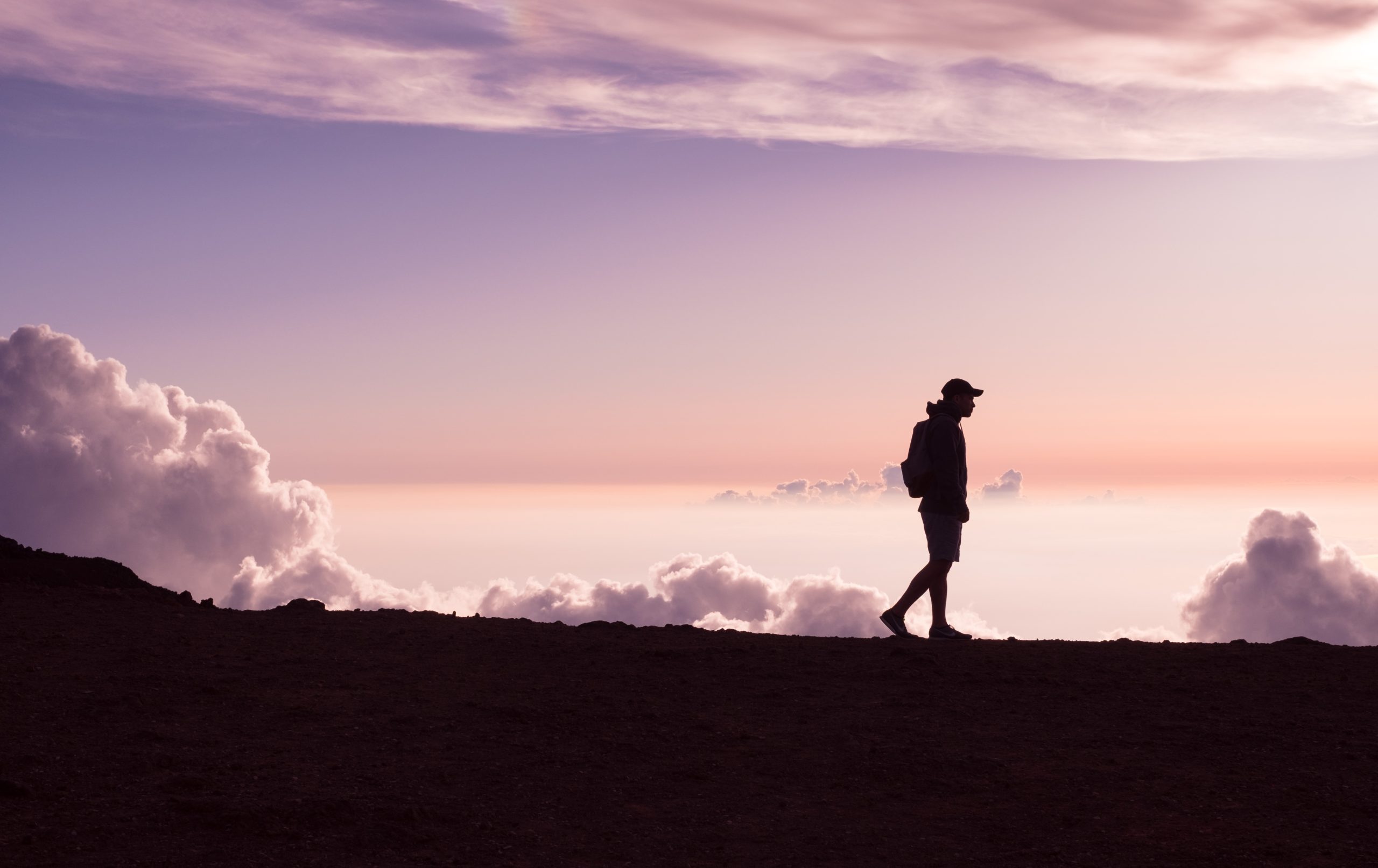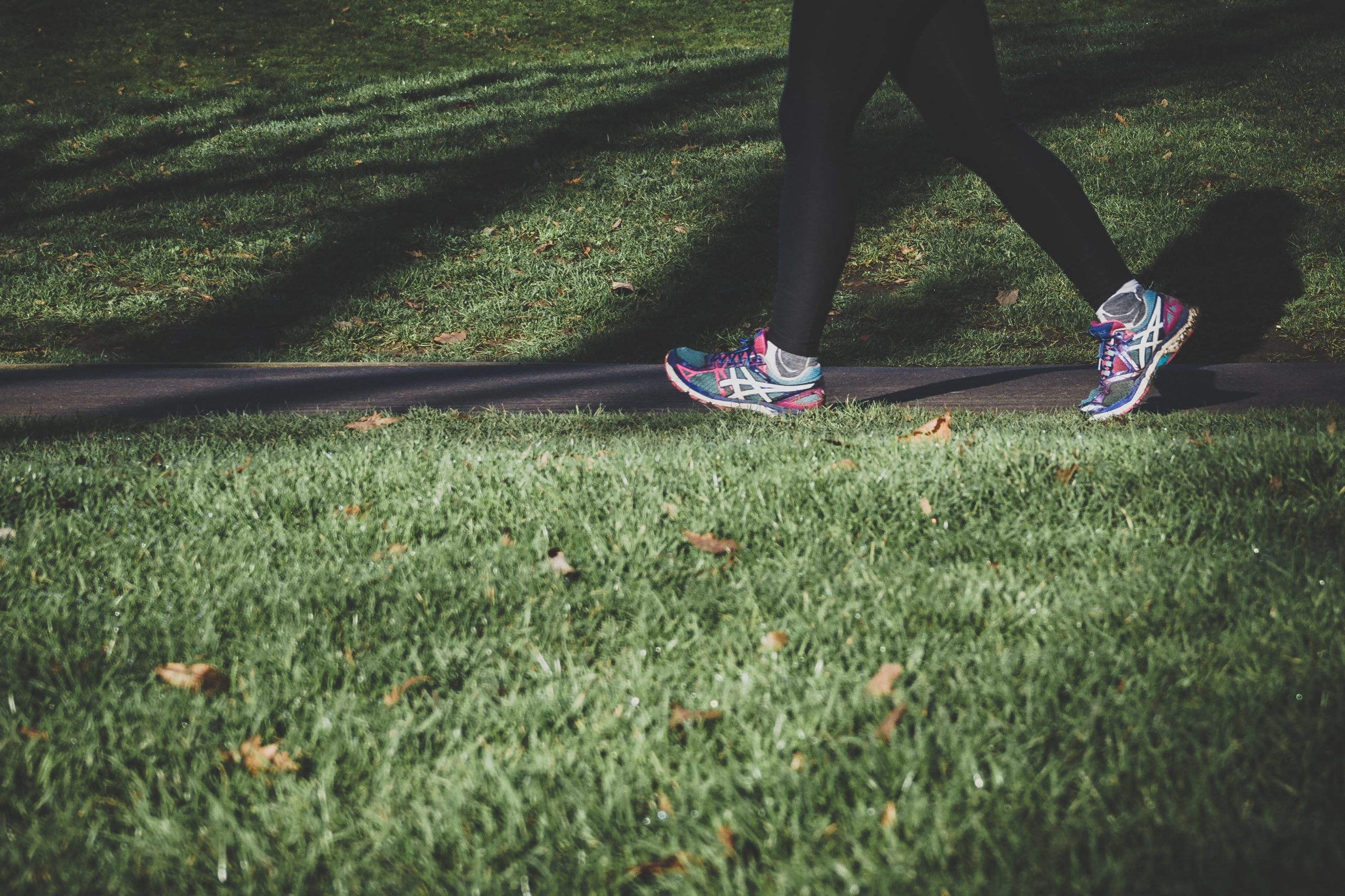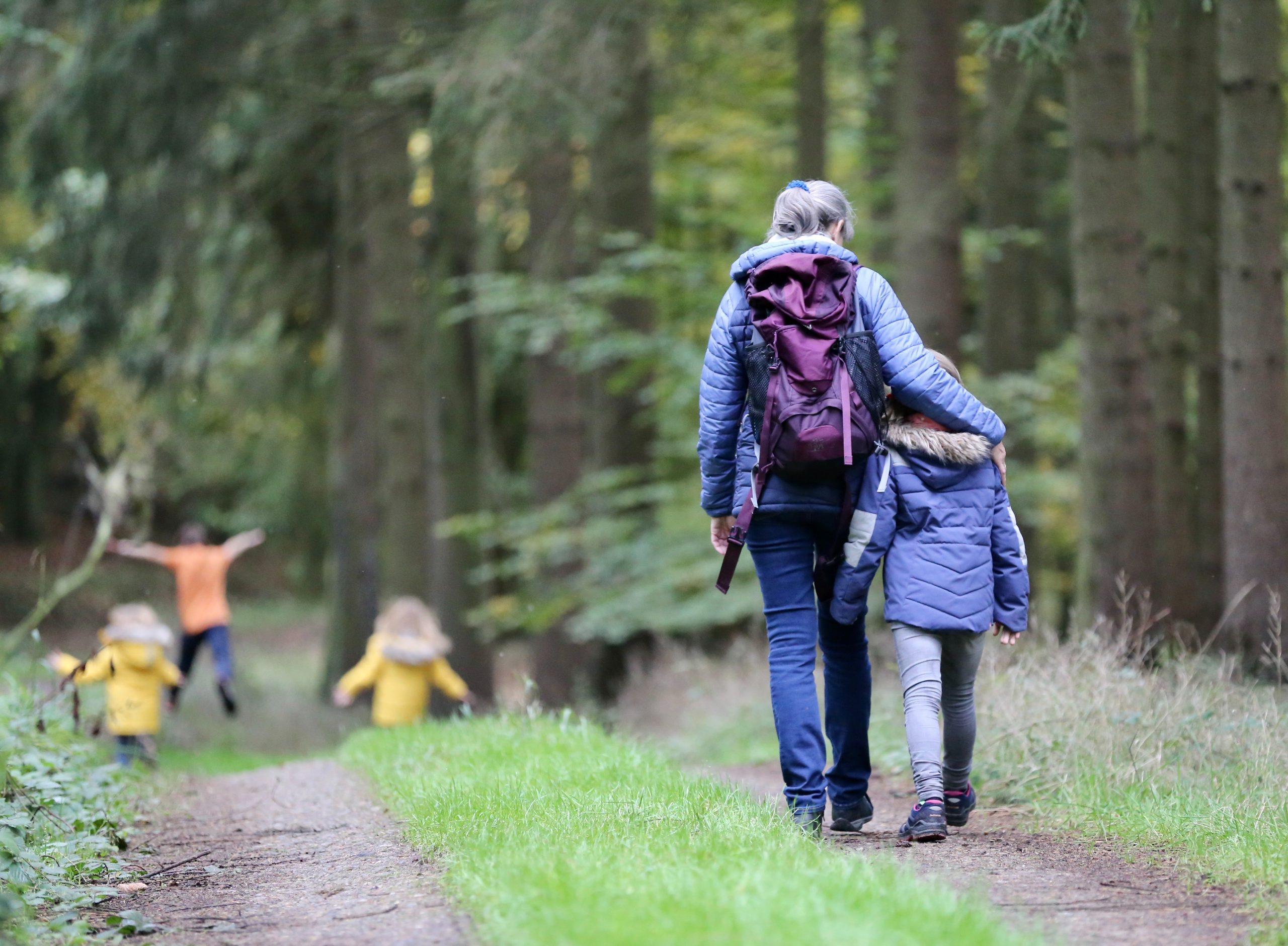Stepping away from the digital realm and immersing oneself in the beauty of nature through bushwalking can be a rejuvenating remedy for the strain on the eyes caused by long hours spent behind a computer screen.
 As digital technology becomes increasingly prevalent in our lives, our eyes are subject to constant stress and exposure to blue light, leading to eye fatigue and discomfort. However, venturing into the great outdoors for a refreshing bushwalk not only offers a respite for the eyes but also provides an opportunity to engage all the senses in the wonders of the natural world.
As digital technology becomes increasingly prevalent in our lives, our eyes are subject to constant stress and exposure to blue light, leading to eye fatigue and discomfort. However, venturing into the great outdoors for a refreshing bushwalk not only offers a respite for the eyes but also provides an opportunity to engage all the senses in the wonders of the natural world.
The shifting scenery, the vibrant colours of flora, the soothing sounds of birdsong, and the gentle touch of the breeze can all work together to ease eye strain and promote overall well-being.
Additionally, the physical activity involved in bushwalking helps improve blood circulation, reducing tension and eye discomfort while boosting energy levels. Embracing the serenity of nature through regular bushwalks can create a harmonious balance between digital demands and the need for rest, ensuring that our eyes remain refreshed and revitalised for the challenges ahead.
Bushwalking, also known as hiking or trekking, is an invigorating outdoor activity that offers numerous physical and mental health benefits for people of all ages, including the elderly. However, as we age, our bodies may require extra care and precautions.
This blog post aims to provide a comprehensive guide on how seniors can enjoy bushwalking safely and confidently. By following these tips, the elderly can embrace nature while maintaining their well-being.
Consult with a Healthcare Professional
Before embarking on any physical activity, especially bushwalking, it’s crucial for elderly individuals to consult with their healthcare provider. A medical professional can assess their overall health, identify potential limitations, and offer personalised advice on the level of activity that is suitable for them.
Choose Suitable Trails
Opt for bushwalking trails that are appropriate for seniors, considering their fitness level and mobility. Start with easy or moderate-grade tracks that are well-maintained, relatively flat, and not too lengthy. As confidence and fitness grow, seniors can gradually explore more challenging routes.
Walk in Groups
Encourage elderly individuals to walk in groups or with a companion, especially if they are new to bushwalking. Group walks provide additional safety, camaraderie, and support if any issues arise during the hike.
Check Weather Conditions
Always check weather forecasts before heading out on a bushwalk. Avoid walking in extreme weather conditions such as heavy rain, storms, or excessively hot days. Dress appropriately for the weather and carry extra layers to stay comfortable.
Wear Proper Footwear and Clothing
Comfortable and supportive footwear is essential for bushwalking. Seniors should invest in sturdy hiking shoes or boots that provide good traction and protect their feet from rough terrain. Dress in lightweight, moisture-wicking clothing, and consider wearing a hat and sunglasses for sun protection.
Consider using walking aids such as walking sticks (also known as trekking poles or hiking poles) designed for the terrain can greatly enhance your safety and overall experience during bushwalking or hiking. Here are some reasons why using walking sticks is beneficial and how to choose the right ones:
Stability and Balance: Walking sticks provide extra points of contact with the ground, increasing your stability and balance. This is especially important when navigating uneven or slippery terrain, crossing streams, or hiking on steep inclines and descents.
Reduced Strain on Joints: They help distribute the weight from your legs to your arms and shoulders, reducing the strain on your knees, ankles, and hips. This can be particularly beneficial during long hikes or when carrying a heavy backpack.
Improved Endurance: With walking sticks, you can engage your upper body muscles, giving you better endurance and reducing fatigue on long treks.
Descending Assistance: When going downhill, walking sticks can act as brakes, providing support and preventing excessive impact on your knees.
River Crossings: In some bushwalking routes, you may need to cross streams or rivers. Walking sticks can help you maintain balance and gauge water depth for safer crossings.
- Choosing the Right Walking Sticks
Terrain-specific: Consider the terrain you’ll encounter during your bushwalk. For general bushwalking, telescoping poles with adjustable height are usually suitable. However, for more challenging terrains like rocky trails, snow, or ice, consider specialised walking sticks designed for those conditions.
Material: Walking sticks are commonly made of aluminium or carbon fibre. Aluminium is sturdy and affordable, while carbon fibre is lighter and absorbs more vibration. Choose the material that best fits your needs and budget.
Adjustable Length: Look for walking sticks that are adjustable in length. This feature allows you to adapt the sticks to different inclines and share them with others if needed.
Grip and Wrist Straps: Comfortable grips and padded wrist straps are essential for reducing hand fatigue and ensuring a secure hold on the sticks.
Shock Absorption: Some walking sticks come with built-in shock absorption systems that can reduce the impact on your wrists and arms, which is especially useful on harder surfaces.
Weight: Consider the weight of the walking sticks, especially if you plan on carrying them for extended periods. Lighter materials are preferable for long hikes.
Remember, while walking sticks can significantly improve safety, always practice proper bushwalking techniques and safety measures. It’s also essential to be familiar with the specific terrain and weather conditions you’ll encounter during your hike.
Pack Essential Supplies
Ensure seniors carry a well-equipped backpack with essential supplies, including:
- Ample water to stay hydrated throughout the hike
- Healthy snacks to maintain energy levels
- A fully charged mobile phone for emergencies
- Basic first aid kit with band-aids, antiseptic, and pain relief medication
- A map and compass or a GPS device to prevent getting lost
Take Frequent Breaks
Encourage seniors to pace themselves and take regular breaks during the bushwalk. Resting allows the body to recover, preventing exhaustion and reducing the risk of injuries.
Stay Hydrated and Nourished
Proper hydration and nutrition are crucial during any physical activity, particularly in outdoor settings. Remind elderly bushwalkers to drink water regularly and consume nourishing snacks to maintain their energy levels.
Mind the Terrain
Be mindful of the terrain during the bushwalk. Steep inclines, uneven paths, and slippery surfaces can pose challenges for the elderly. Take extra care when navigating such areas, and use walking poles for added stability if needed.
Listen to Your Body
Above all, encourage seniors to listen to their bodies. If they experience pain, dizziness, or any other discomfort, it’s essential to stop, rest, and assess the situation. Pushing beyond their limits can lead to injuries, so it’s crucial to prioritise their safety and well-being.
Bushwalking tracks in the UK
Here are some popular resources for finding bushwalking tracks in the UK:
Ordnance Survey (OS) Maps: Ordnance Survey is the national mapping agency in the UK, and its maps provide detailed information on walking routes and trails across the country. You can find OS maps at local bookstores and outdoor retailers or access their online mapping service to discover various walking routes.
Website: https://www.ordnancesurvey.co.uk/
The National Trust: The National Trust manages many scenic areas, parks, and historic sites across the UK, many of which have well-maintained walking trails. They often offer downloadable trail maps and information on their website.
Website: https://www.nationaltrust.org.uk/
The Ramblers: The Ramblers is a charity that promotes walking in the UK. They have a comprehensive database of walking routes, including many bushwalking tracks, on their website.
Website: https://www.ramblers.org.uk/
Walking Britain: Walking Britain is an online resource that provides detailed descriptions and maps of walking routes all over the UK, including bushwalking tracks.
Website: https://www.walkingbritain.co.uk/
 Conclusion
Conclusion
Bushwalking can be a delightful and fulfilling activity for the elderly, promoting physical fitness, mental well-being, and a deeper connection with nature. By following these safety guidelines and being well-prepared, seniors can enjoy the great outdoors with confidence, ensuring a memorable and safe bushwalking experience. Remember, the journey is just as important as the destination, so take the time to relish every step along the way. Happy hiking!
Ryan is a professional copywriter from Ryan’s Copywriting. He has a passion for writing and sharing information.


